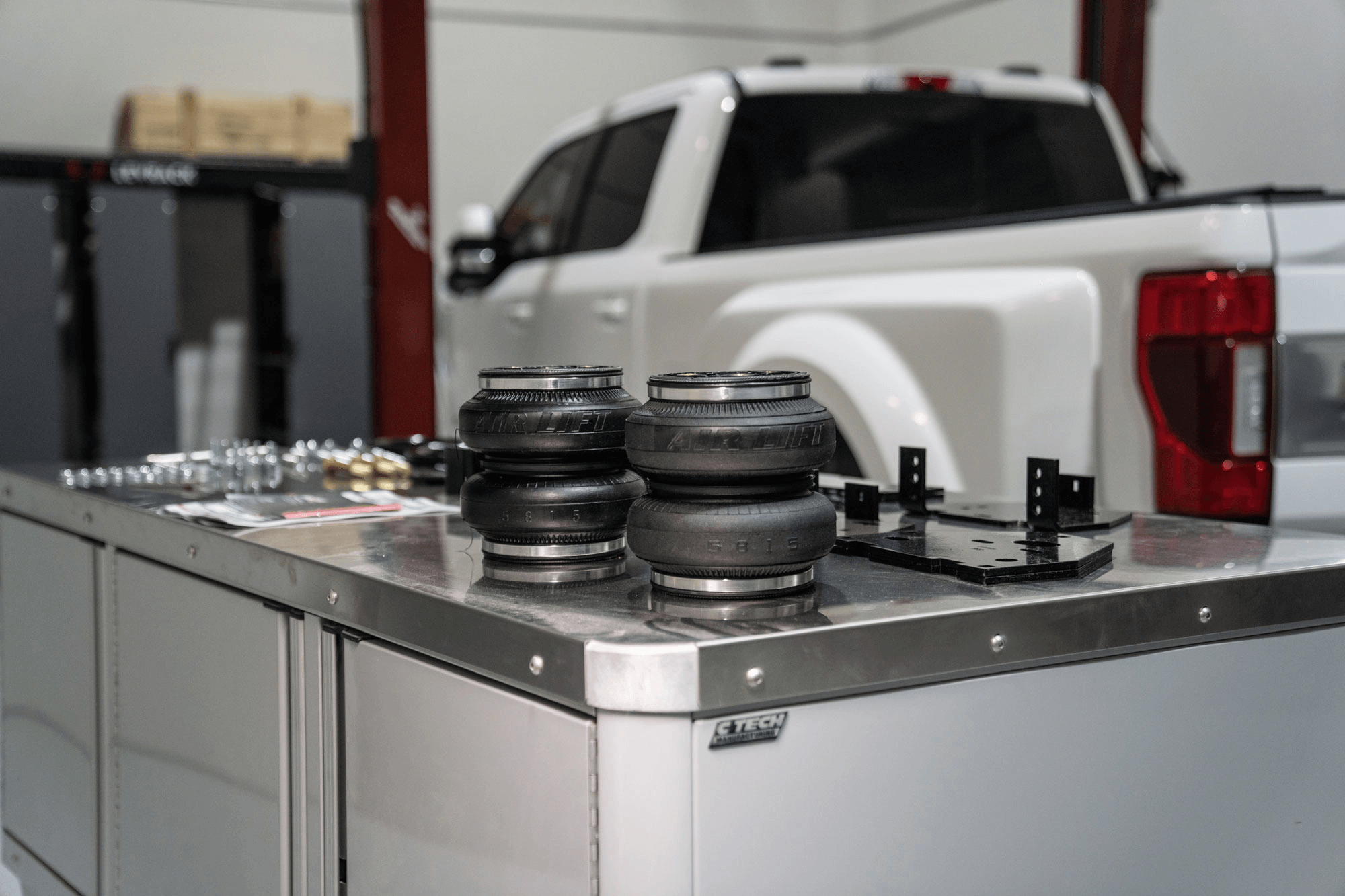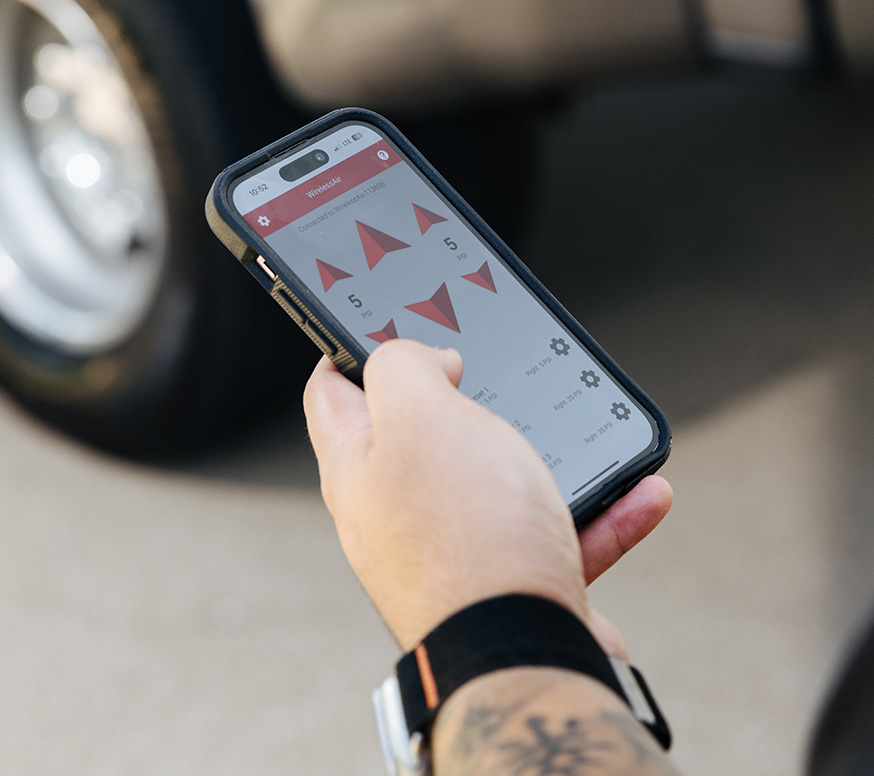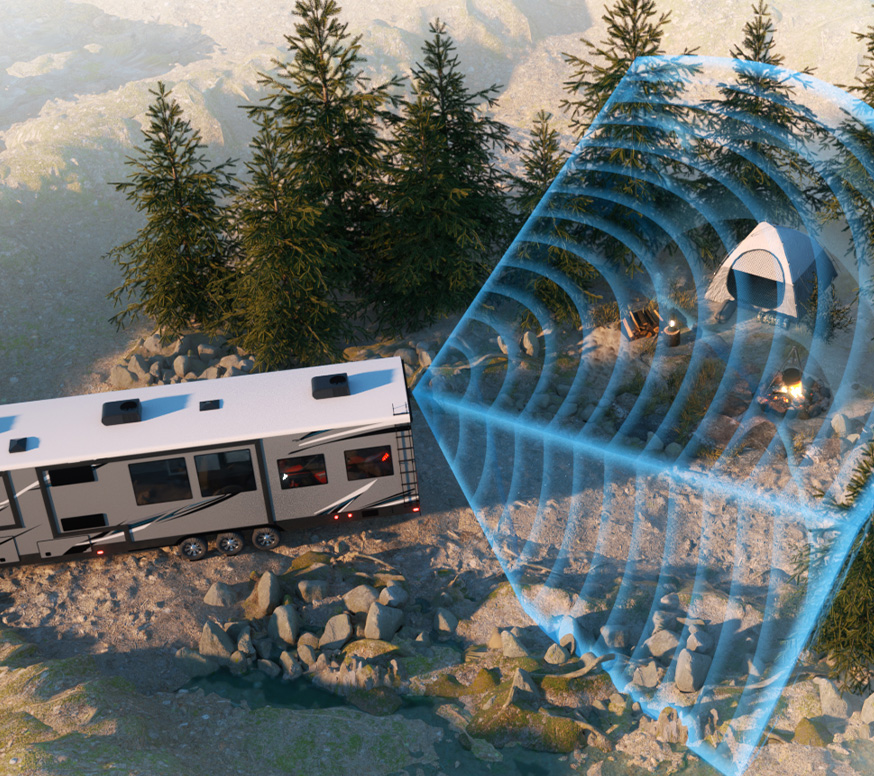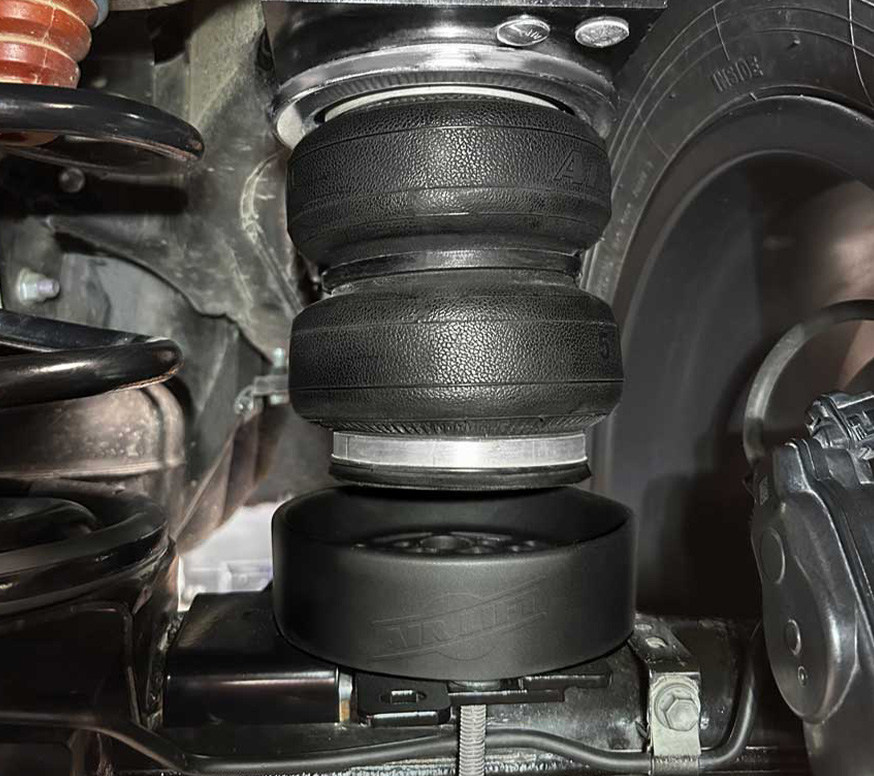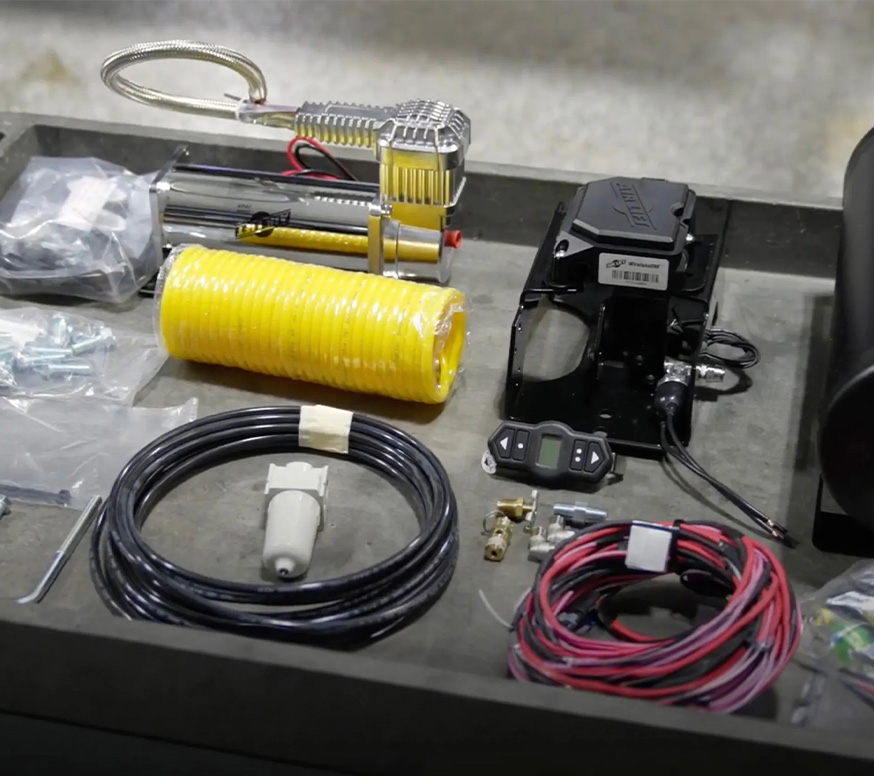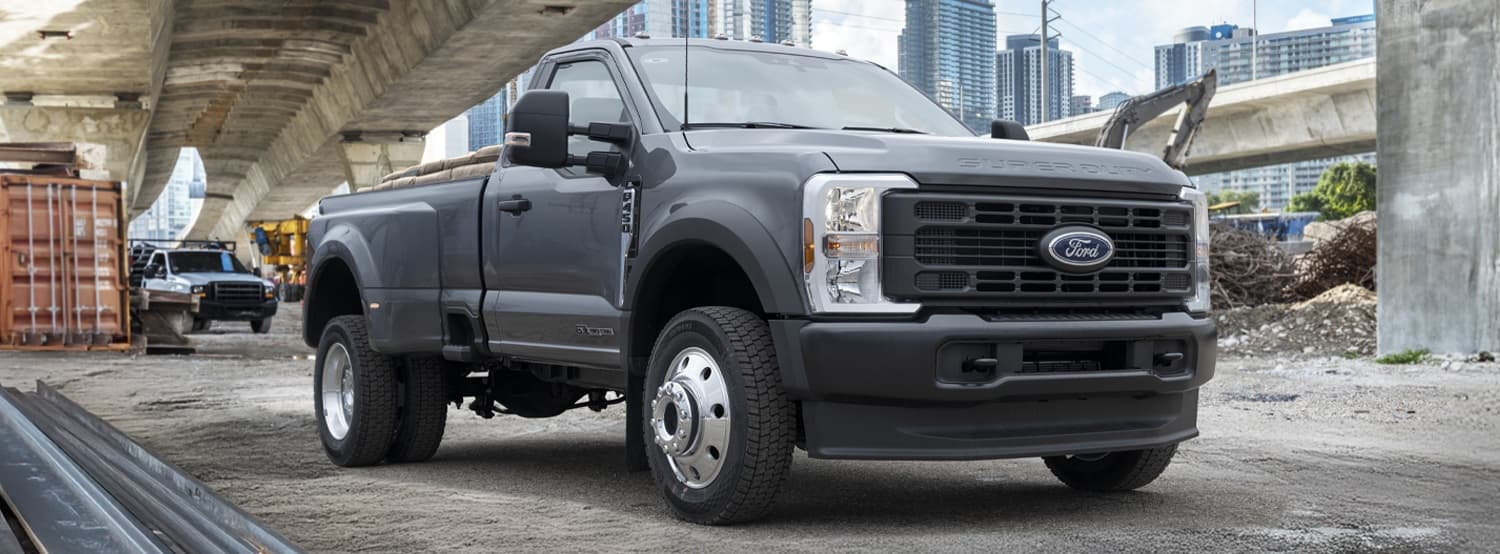
Hauling and Towing Pre Drive Checklist
9/30/2022
Whether you are a beginner or a seasoned tow-pro, you can ease your nerves by performing these pre-drive checks and ensure your vehicle is prepared for the task. Performing these quick checks could prevent little headaches or even save your life or the lives of others in serious situations, so take a moment to walk around your rig prior to setting off with a heavy load.
When you first purchase your trailer, it is a good idea to load it up with all of the gear you foresee hauling in it and weighing it at a weigh station so you are acutely aware of the weight. This information seems extraneous, but ultimately it is beneficial to understand what it is that you have slung off the back of your vehicle.
Check your tires and wheels
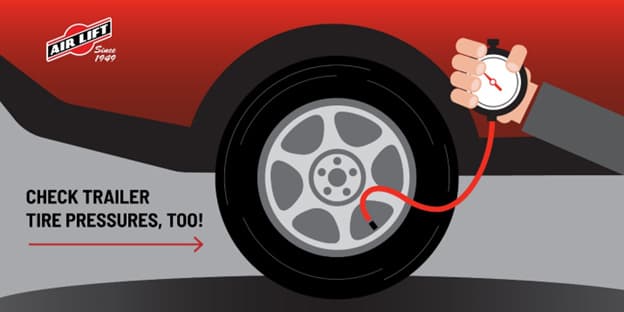
Tire pressure
Checking your tire pressure sounds simple, and despite modern cars being equipped with tire pressure monitoring systems (TPMS), most trailers do not have TPMS. It is imperative to check tire pressures on both your tow vehicle and trailer before setting off. Trailer tires are unique, and they often require significantly higher pressures than a car– high enough that many gas station air compressors are not sufficient. It may be necessary to take your trailer to a tire shop and ask them to fill your tires to the proper specification or purchase your own high-powered air compressor. If your trailer tires are underinflated, your load carrying capacity diminishes.
Tire Age & Condition
As much as tire pressure matters, so does the age and condition of your tires. A trailer that is stored outdoors will cause tires to degrade faster than a garaged trailer, but rubber still degrades and gradually grows brittle, regardless of storage conditions. Generally, trailer tires should be replaced every four-to-six years depending on their condition. Spare tires are included in that time span– nothing would be worse than replacing a blown tire with a spare that is not roadworthy.
Wheel Bearings and Axels
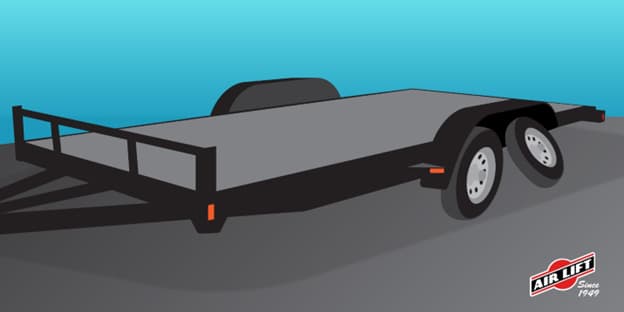
Vehicles are engineered to carry their own weight and occasionally everything up to their GVWR, but the wheels on your trailer often rotate faster than the wheels on your tow vehicle because they are smaller, they often have no suspension to absorb bumps and they sit unused for longer which can lead to failure. Wheel bearings are not something that folks often consider checking on their car, but it is especially important to check on trailers. To ensure the safety and longevity of your rig, have the wheel bearings inspected annually. Wheel bearing malfunctions can be catastrophic, so solidify your peace of mind by having regular inspections.
Inspect your lights
Sometimes things go wrong even though you completed your pre-drive checks, and the absolute last thing any hauler wants is to end up without hazard lights. Check that your taillights are functional prior to setting off, whether you are towing a trailer or hauling a heavy load. Hauling heavy loads puts additional strain on any vehicle and increases the likelihood of something breaking due to increased stress, so stay prepared in case you end up on the shoulder with a flat tire or stopped somewhere dark. Test out your hazard lights, brake lights and reverse lights, and be sure your driving lights work properly, especially if you will be driving in the dark.
Load distribution when towing
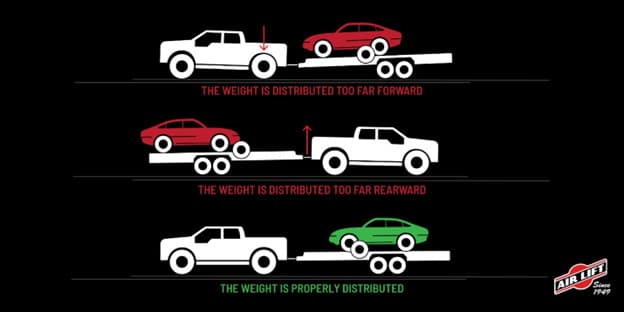
- Sway and Stability Check Where your load sits on the trailer makes a huge difference in stability. If the tongue of the trailer is too heavy and puts too much load on the hitch, the tow vehicle may be overloaded, and the front wheels will be too light to offer secure steering inputs. If there is too much weight behind the trailer’s axle and there is not enough weight on the tongue, every bump will destabilize the trailer and can lead to fishtailing. Using a hitch with an integrated scale keeps you aware of the tongue weight, or you can take the trailer to the scales and just set the front of the trailer on it.
- Steering and Braking A well-distributed load with the proper tongue weight will provide a driver with the proper tire contact patch, which allows maximum control and stability to keep the vehicle steering and braking the way it was designed to. Sometimes even when your load is properly distributed, hauling a heavy load can cause a vehicle to ride low, which produces a litany of safety concerns, including bottoming out, trailer sway, a rough ride, light steering feel, poor headlight aim and the tendency to bounce and buck.
- Safety Mitigating these safety concerns is simple—outfit your vehicle with a set of Air Lift Load Support Springs to keep your heavily loaded rig level and stable. Hauling heavy loads can be intimidating, but knowing you have the added security of Air Lift Springs and your pre-drive checks are completed allows you to rest assured knowing you have done your part to keep safety a top priority.
For occasional towers, air springs are an ideal solution because you can simply deflate the bags when you don’t need them and you will not suffer the harsh, jiggly ride quality that comes along with other load support solutions like air helper springs.
